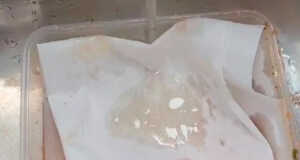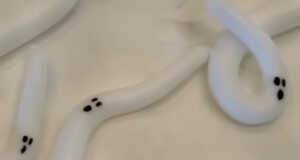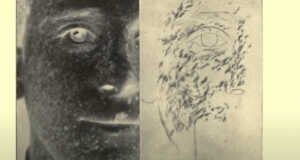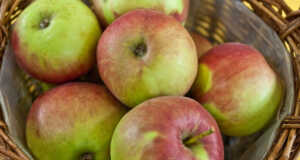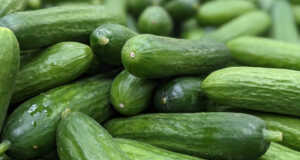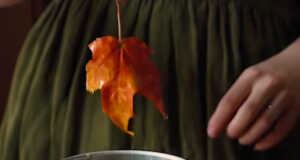I think that most of us have dreamed about going into space someday as an astronaut but it doesn’t typically pan out. It was even fueled by many of the movies that we watched, including Star Wars, Gravity, and The Martian. Although we may never have left the earth, there may be some hope for those of us who still want to prepare for the opportunity to do so.
Of course, these days, we aren’t even able to walk out to the sidewalk, let alone head off into space. The last thing that we want to do is to catch the coronavirus, and we might be confined to our location for quite some time.
NASA has seen our difficulty and provided us with an excellent opportunity. Science Alert reports that NASA and the ISS National Lab now have a number of programs available for children who are stuck at home. It includes a schedule that teaches us how to be an astronaut at home, to build hovercraft, launch rockets, and do everything an astronaut can do.
Hey parents and students!
Are you looking for some #NASA #STEM resources to help educate while at home?
We got you covered! pic.twitter.com/qPd5PMEypj
— Rogue NASA (@RogueNASA) April 16, 2020
Although this program was designed with children in mind, it shouldn’t stop those adults who want to take part in it from joining in. The ISS National Lab Education Manager, Dan Barstow reported on the official ISS website: “Astronauts see the world from space and want to share its beauty and its wholeness. They do medical experiments to search for cures, and they help young people see the power of the mysterious Universe to pull us to explore.”
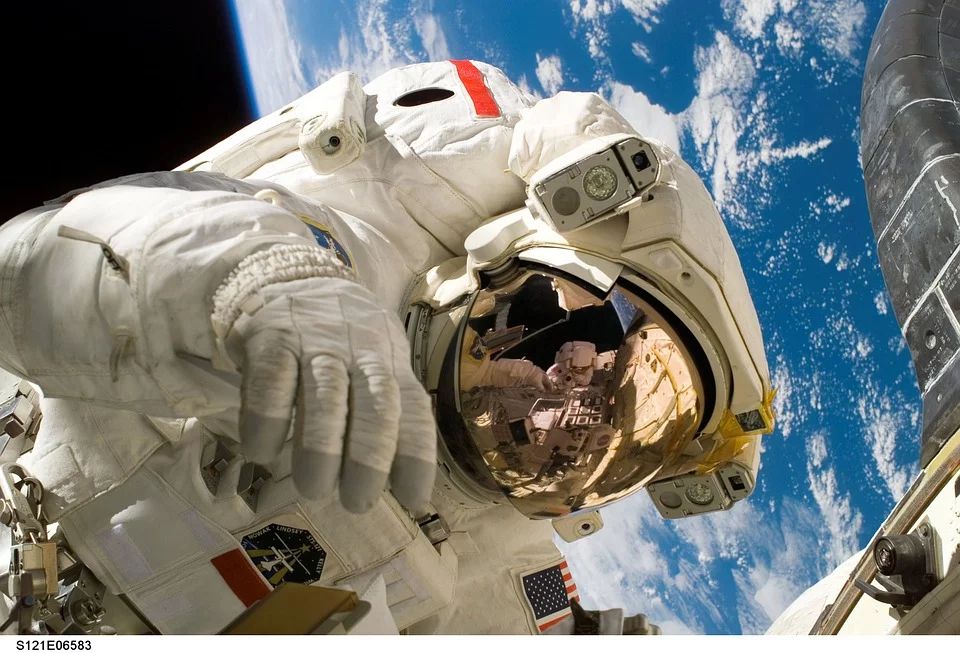
Free educational activities are available through the program and it can help parents who want their children to explore science subjects. It includes life sciences, human health, math, physics, and robotics, among many others. There are also courses set up according to age, from kindergarten through 12th grade. Students can take part in experiments in the same way that astronauts would do when they are onboard the international space station. They can then compare the results with what would have happened in space.
Hey parents and students!
Are you looking for some #NASA #STEM resources to help educate while at home?
We got you covered! pic.twitter.com/qPd5PMEypj
— Rogue NASA (@RogueNASA) April 16, 2020
Science Alert explains some of the different things students can get from the program:
“Observing microgravity using simple materials to demonstrate how astronauts float in space – not due to lack of gravity, but because they are constantly falling towards Earth.” Besides this, kids can also contribute to making progress in science by joining various citizen science projects, including combing through images to search for new brown dwarfs and planets, using satellite data to help biologists track penguin populations, and training a computer to think like a scientist for future Mars missions.
Using these programs, the ISS National Lab and its partners want to do their part in helping children during this global crisis. “We know many students are learning at home right now, and hands-on activities are especially important to keep students engaged and learning. We are all in this together.”
